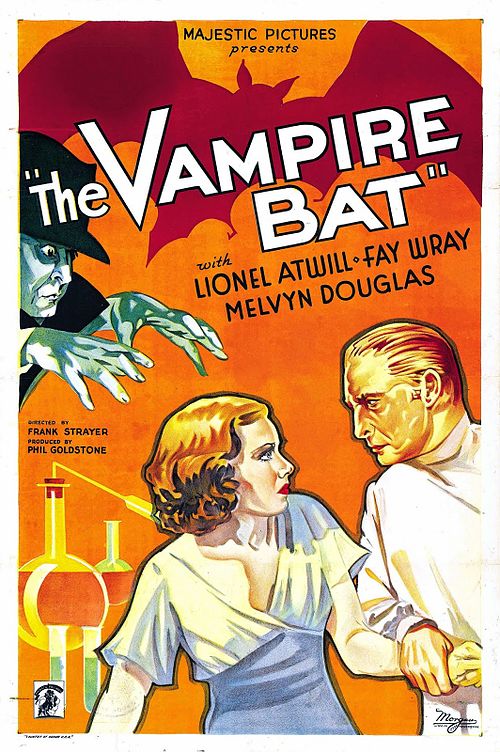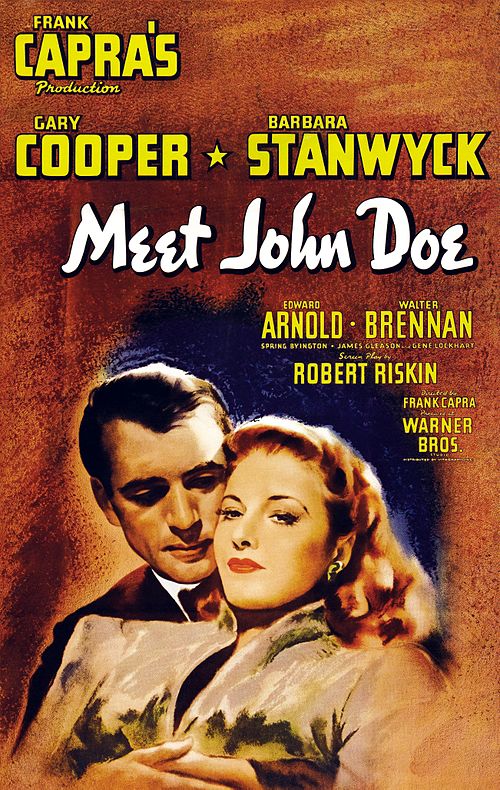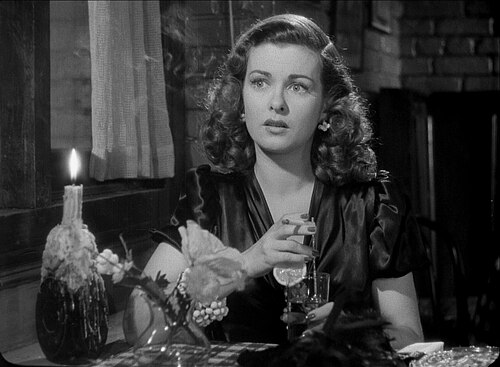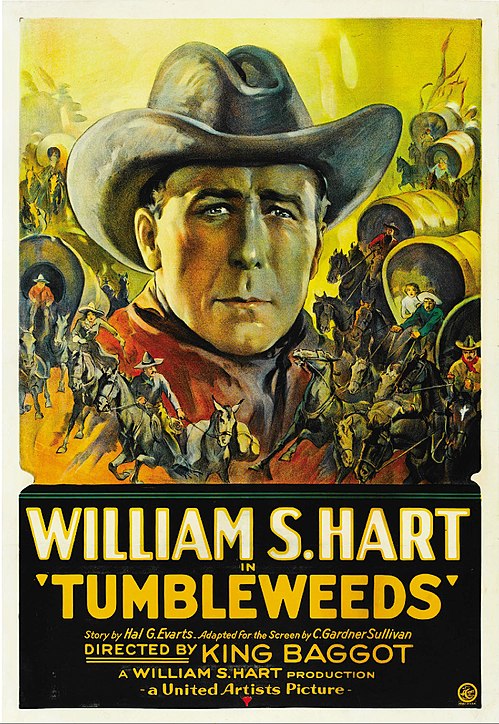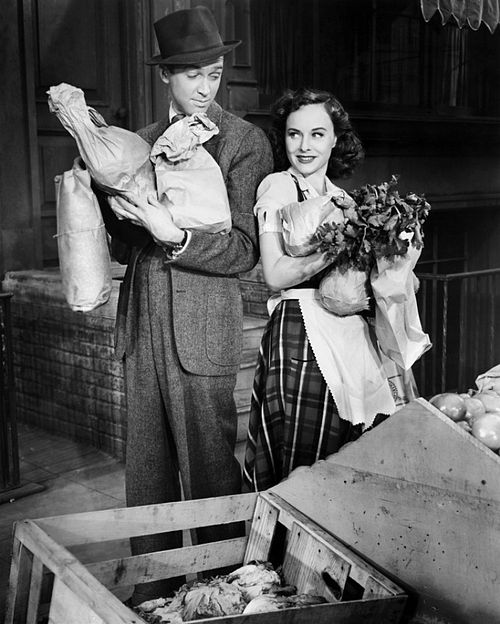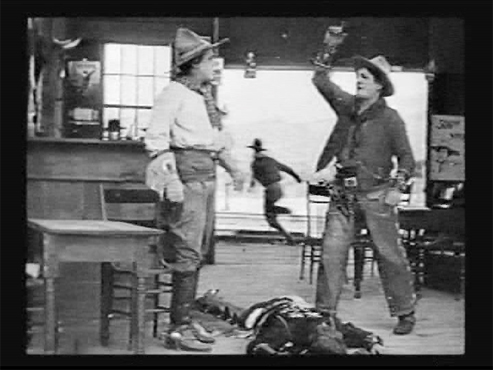Advertisement
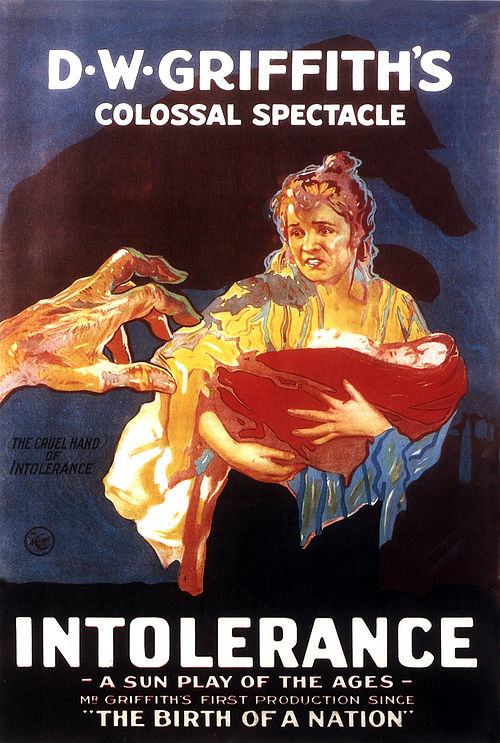
Image source: Wikimedia Foundation (wikimedia.org)
Download Movie [Video Format: MP4]
Movie Source: Internet Archive (archive.org)
Advertisement
Advertisement
Intolerance
1916
Director D.W. Griffith's expensive, most ambitious silent film masterpiece Intolerance (1916) is one of the milestones and landmarks in cinematic history. Many reviewers and film historians consider it the greatest film of the silent era. The mammoth film was also subtitled: "A Sun-Play of the Ages" and "Love's Struggle Throughout the Ages." Griffith was inspired to make this film after watching the revolutionary Italian silent film epic Cabiria (1914) by director Giovanni Pastrone. Intolerance was a colossal undertaking filled with monumental sets, lavish period costumes, and more than 3,000 extras. The film consisted of four distinct but parallel stories that demonstrated mankind's intolerance during four different ages in world history.
Intolerance is a 1916 silent film directed by D. W. Griffith and is considered one of the great masterpieces of the Silent film.< name=filmsite></> The three-and-a-half hour epic intercuts four parallel storylines, each separated by several centuries: (1) A contemporary melodrama of crime and redemption; (2) a Judean story: Jesus Christ; (3) a French story: the events surrounding the St. Bartholomew's Day massacre of 1572; and (4) a Babylonian story: the Battle of Opis to Persia in 539 BC. Each story had its own tint in the original print.</> which was criticized by the NAACP and other groups as perpetuating racial stereotypes and glorifying the Ku Klux Klan.<></>
Storylines
This complex film consists of four distinct, but parallel, stories—intercut with increasing frequency as the film builds to a climax—that demonstrate mankind's persistent intolerance throughout the ages. The film sets up moral and psychological connections among the different stories. The timeline covers approximately 2,500 years:
- The ancient "Babylonian" story (539 BC) depicts the conflict between Prince Belshazzar of Babylon and Cyrus the Great of Persia. The fall of Babylon is a result of intolerance arising from a conflict between devotees of two rival Babylonian gods—Bel-Marduk and Ishtar.
- The Biblical "Judean" story (c. 27 AD) recounts how—after the Wedding at Cana and the Jesus and the woman taken in adultery—intolerance led to the Crucifixion of Jesus. This sequence is the shortest of the four.
- The Renaissance "French" story (1572) tells of the religious intolerance that led to the St. Bartholomew's Day Massacre of Protestant Huguenots by Catholic royals.
- The American "Modern" story (c. 1914) demonstrates how crime, moral Hardline, and conflicts between ruthless capitalists and striking workers help ruin the lives of marginal Americans. To get more money for his spinster sister's charities, a mill owner orders a 10% pay cut on his workers' wages. A workers strike is crushed and The Boy and The Dear One make their way to another city; she lives in poverty and he turns to crime; after they marry he tries to break free of crime but is framed for theft by his ex boss. While he is in prison, his wife must endure their child being taken away by the same "moral uplift society" that instigated the strike. Upon his release from prison, he discovers his ex-boss attempting to rape his wife. A struggle begins and in the confusion the girlfriend of the boss shoots and kills the boss. She escapes and The Boy is convicted and sentenced to the gallows. A kindly policeman helps The Dear One find the real killer and together they try to reach the Governor in time so her ormed husband won't be hanged.
<gallery>
File:Intolerance (1916).ogv|Intolerance
Image:Intolerance-lillian gish.jpg|Lillian Gish as "Eternal Motherhood"
</gallery>
Cast
In order of appearance- Lillian Gish as Eternal Motherhood
- Vera Lewis as Mary T. Jenkins
- Mae Marsh as The Dear One
- F. A. Turner as The Dear One's father, a worker at the Jenkins Mill
- Robert Harron as The Boy
- Josephine Crowell as Catherine de Medici, the Queen-mother
- Joseph Henabery as Admiral Coligny
- Constance Talmadge as Marguerite of Valois
- W. E. Lawrence as Henry of Navarre
- Margery Wilson as Brown Eyes
- Eugene Pallette as Prosper Latour
- Sam de Grasse as Mr. Jenkins, mill boss
- Constance Talmadge as The Mountain Girl (second role in film)
- Elmer Clifton as The Rhapsode, a warrior-singer
- Tully Marshall as High Priest of Bel (mythology)
- Ruth St. Denis as Dancing girls
- Alfred Paget as Prince Belshazzar
- Carl Stockdale as King Nabonidus, father of Belshazzar
- Elmo Lincoln as The Mighty Man of Valor, guard to Belshazzar
- Seena Owen as The Princess Beloved, favorite of Belshazzar
- Miriam Cooper as The Friendless One, former neighbor of the Boy and Dear One
- Walter Long (actor) as Musketeer of the Slums
- Bessie Love as The Bride
- George Walsh as The Bridegroom
- Howard Gaye as Jesus Christ
- Lillian Langdon as Mary, the Mother
- Spottiswoode Aitken as Brown Eyes' father
- George Siegmann as Cyrus the Great
- Max Davidson as tenement neighbor of Dear One
- Douglas Fairbanks as Drunken Soldier with monkey (uncredited Extra (actor))
- Lloyd Ingraham as Judge (Modern Story)
- Tom Wilson (actor) as The Kindly Officer (Kindly Heart)
- Ralph Lewis (actor) as The Governor
Production
File:Griffith intolerance.jpg in the central courtyard of Babylon from Intolerance.}}}}
Intolerance was a colossal undertaking featuring monumental sets, lavish period costumes, and more than 3,000 extras. Griffith began shooting the film with the Modern Story (originally titled "The Mother and the Law"), whose planning predated the great commercial success The Birth of a Nation (which had made $48 million, about $ million in < name="Cross p."> – Total pages: 624</>), then greatly expanded it to include the other three parallel stories under the theme of intolerance.
Actual costs to produce Intolerance are unknown, but best estimates are close to $2.5 million (about $ million in ), an astronomical sum in 1916. Professor Theodore Huff, one of the leading film critics of the first half of the 20th century, stated that it was the only motion picture worthy of taking its place alongside Beethoven's Fifth Symphony, the masterpieces of Michelangelo, etc., as a separate work of art.< name="JoeF" />
The film was shown out of competition at the 1982 Cannes Film Festival.< name="festival-cannes.com"></>
In 1989, Intolerance was selected for preservation in the United States National Film Registry by the Library of Congress as being "culturally, historically, or aesthetically significant", going in during the first year of voting.
In 2007, AFI's 100 Years...100 Movies (10th Anniversary Edition) ranked Intolerance at number 49 of 100 films. The film currently holds a 96% approval rating on the aggregate site Rotten Tomatoes.
Film critic David Thomson (film critic) has written of the film's "self-destructive frenzy":<blockquote>The cross-cutting, self-interrupting format is wearisome.... The sheer pretension is a roadblock, and one longs for the "Modern Story" to hold the screen.... [That story] is still very exciting in terms of its cross-cutting in the attempt to save the boy from the gallows. This episode is what Griffith did best: brilliant, modern suspense, geared up to rapidity — whenever Griffith let himself slow down he was yielding to bathos.... Anyone concerned with film history has to see Intolerance, and pass on.</blockquote>
Influence
Intolerance and its unorthodox editing were enormously influential, particularly among European and Soviet filmmakers. Many of the numerous assistant directors Griffith employed in making the film — Erich von Stroheim, Tod Browning, Woody Van Dyke — went on to become important and noted Hollywood directors in the subsequent years. It has been parodied by Buster Keaton in Three Ages (1923).</> There are other budget/public domain video and Digital Video Disc versions of this film released by different companies, each with varying degrees of picture quality depending on the source that was used. A majority of these released are of poor picture quality, but even the restored 35 millimeter versions exhibit considerable film damage.The Internet Movie Database lists the standard running time as 163 minutes, which is the running length of the DVD released by "Public Domain Flicks". The Delta DVD released in Region 1 as Intolerance: A Sun Play of the Ages and in Region 2 as Intolerance: Love's Struggle Throughout the Ages clocks in at 167 minutes. The version available for free viewing on the Internet Movie Archive is the Killiam restoration.
Cameraman Karl Brown (cinematographer) remembered a scene with the various members of the Babylonian harem that featured full frontal nudity in film. He was barred from the set that day, apparently because he was so young. While there are several shots of slaves and harem girls throughout the film (which were shot by another director, without Griffith's involvement), the scene that Brown describes is not in any surviving versions.< name="DYK"></>
It is also known that a major segment of the Renaissance "French" story, involving the attempted assassination of the Admiral Coligny, was cut before the film's release.< name="DYK"/>
See also
Category:1916 films
Category:American films
Category:English-language films
Category:American silent feature films
Category:Black-and-white films
Category:Epic films
Category:Portrayals of Jesus in film
Category:Films set in the 6th century BC
Category:Films set in the 1st century
Category:Films set in the 16th century
Category:Films set in the 1910s
Category:Films set in the Roman Empire
Category:Films directed by D. W. Griffith
Category:Films about capital punishment
Category:Religious epic films
Category:Triangle Film Corporation films
Category:United States National Film Registry films
D.W. Griffith


